Altruism is the best self-interest.
Editor’s note: This article is from WeChat public account “ Note Man” (ID: Notesman ), Author Chen Weiru | Director of Alibaba Industrial Internet Research Center.
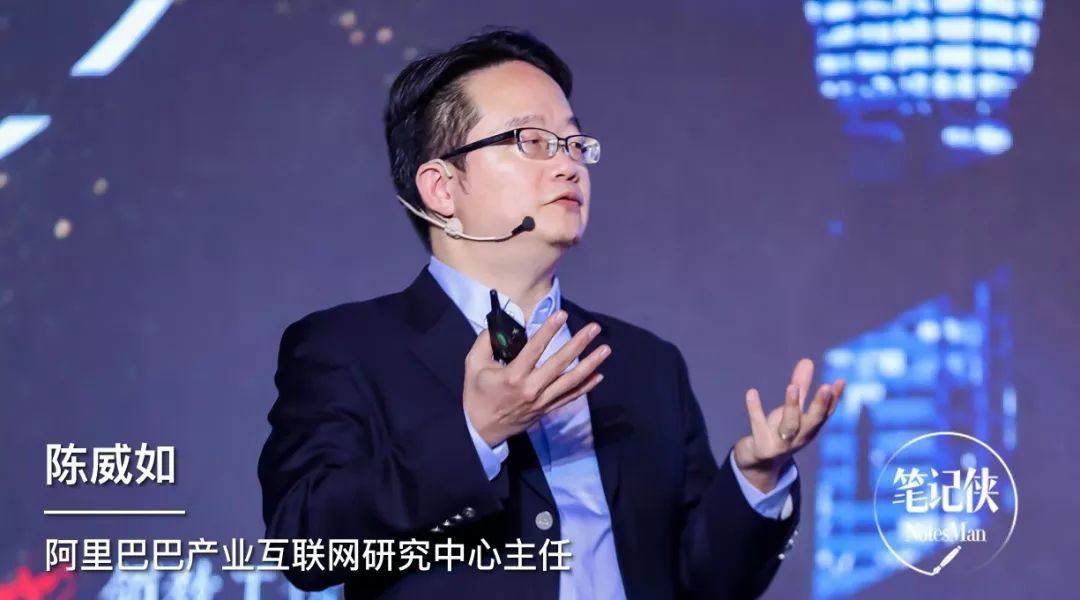
Content source: November 17, 2019, at the 2019 Peter Drucker China Management Forum co-sponsored by Peter Drucker School of Management, Huazhang Company of Machinery Industry Press, and the Coach Workshop Professor Chen Weiru, director of the Baba Industrial Internet Research Center, gave a wonderful sharing entitled “Organization and Management Platformization in the Digital Intelligent Era”. Noteman has been reviewed by the organizer and the speakers, and authorized to be released.
Notes invite you to read before thinking:
How will the industry chain evolve in the next 10 years?
How to collaborate digitally?
What kind of leadership is needed in the digital age?
Dear guests, good afternoon.
I will be based on the platform thinking that I have been studying for the past ten years, plus my understanding of digitalization in Internet companies in the past two years, I will share with you some of the things that the Chinese business community may experience in the next five to ten years. Manage innovation issues and provide some advice.
I. Platform Evolution: From Business Model to Digital Management
First of all, in the past 15 years we have experienced together, we have seen the rise of the platform business model. According to statistics from a Harvard professor, more than 60% of the world’s top 100 large companies’ income comes from the platform business model.
I have divided the evolution of the platform business model into three phases so far.
The platform in the first stage is mainly for information flow and connection.
For example, the Google and Baidu search engines we have seen make it easy for people to get information, or social networks such as WeChatTools make it easy for people to connect together.
The platform at this time is mainly online products serving online consumers. At this time, network effects have become particularly important.
The network effect means that when everyone uses this product, everyone ’s utility also improves, so everyone wants to join a larger platform and get greater value.
In this world, we see the situation that “the big one is ever-big, and the winner takes all.”
The second phase of the platform is mainly for transactions.
Taobao, Amazon, Vipshop, and other platforms, for example, promote de-intermediateness during the transaction process, that is, remove the links that were originally inefficient.
For example, rural products can be sold directly to cities, so that farmers ‘income can be increased, and urban netizens’ expenditures can be reduced.
What we have seen during this time is that the online platform has begun to affect some of the offline resource layout and competitive landscape. Uber and Airbnb have changed the taxi market and hotel landscape.
We are now in the third stage of development, and we have seen more traditional industries, B2B industries, and offline companies begin to develop platformization.
Either create it through a joint venture with a technology company; or incubate in vitro or set up a new business unit in the body to develop the platform’s business.
At this stage, I think in the next five to ten years, we will see a lot of platforms in the industry that mainly focus on output management capabilities.
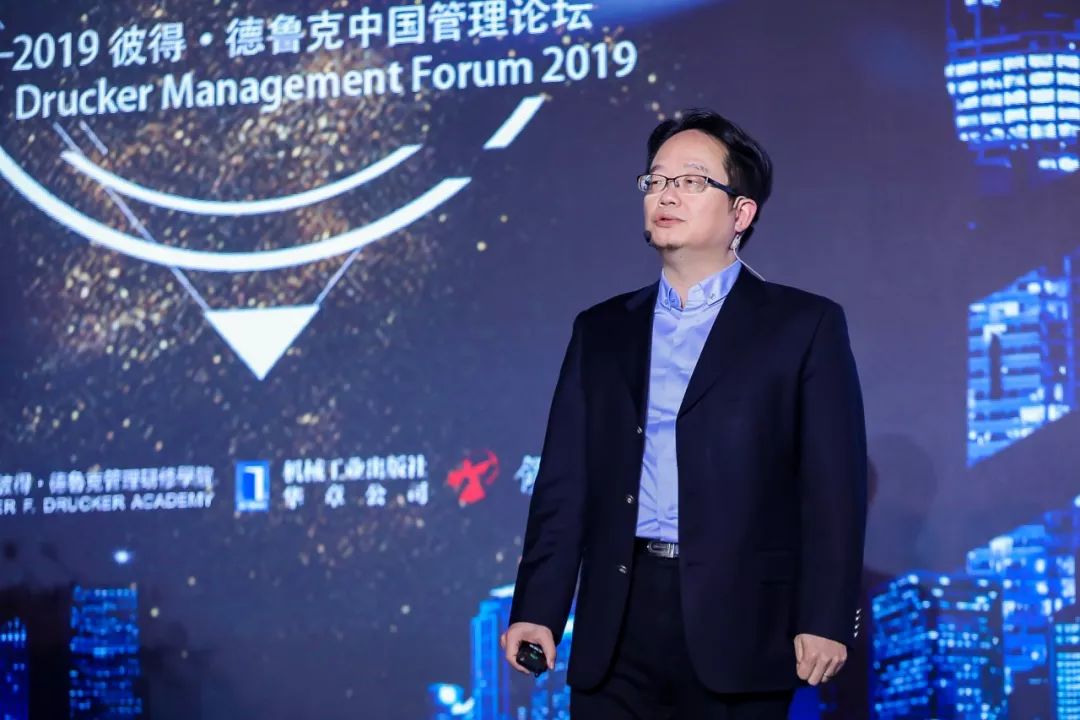
Compared to the previous two stages, The platform in the third stage will rely on in-depth knowledge of the entire industry and refine a management tool with high quality and relatively heavy sedimentation to help the entire industry upgrade.
I think the third stage of the platform is no longer the current popular traffic or transaction, they will be more a kind of empowerment and management platform, it can bring the collective upgrade of the entire industry, improve the entire industry effectiveness.
II. The next 10 years: Full scene / full link digitization / interconnection / intelligence
Let ’s think again. If we expand the entire industry chain, you will find that the Internet and digitalization that everyone is familiar with in the past five to ten years is actually the onlineization of C-side marketing information or distribution. Online channel.
People have to80% and 90% of the news came from online channels such as mobile phones and PCs. Now, on average, 25% of products in various industries may be used to trade goods through e-commerce and online channels.
So in this process, the Internet and digitalization of the past five to ten years have mostly occurred on the consumer Internet and the To C Internet.
But can we expect that this trend will gradually develop from the pure C-end to the upstream of the industry link?
For example, will there be more digitization and Internet in logistics?
Will there be more digital and Internet in manufacturing?
Will there be more digitalization and Internetization in R & D?
Then in the past two years, new retail has appeared. How do you understand new retail?
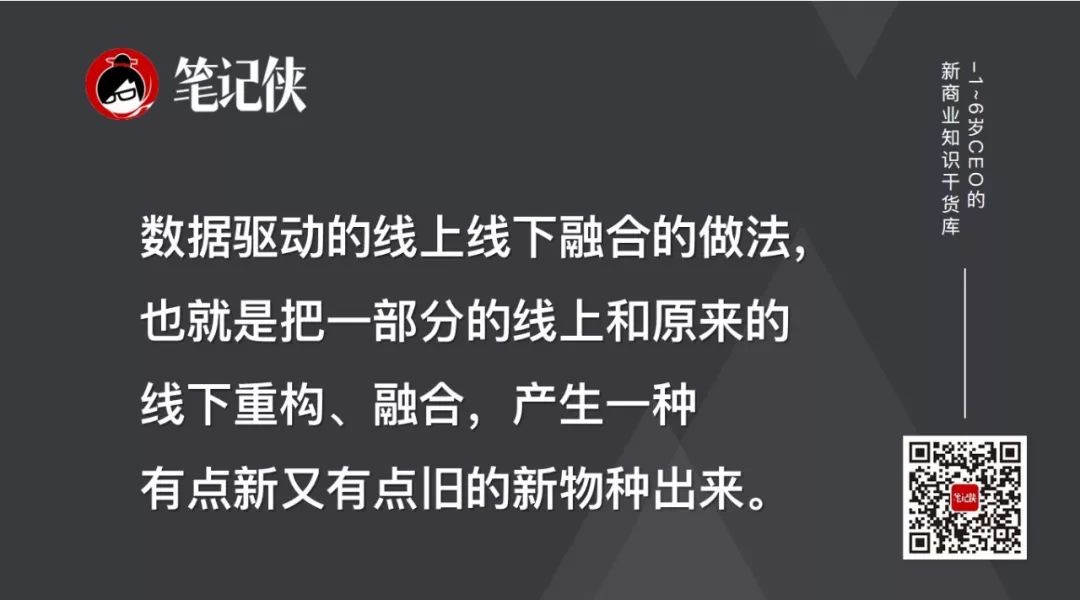
I personally think that it is a data-driven online-offline fusion approach, that is, a part of the online and your original offline reconstruction and fusion, a new species that is a bit new and a bit old.
Will we start to see more online and digitalization in logistics or manufacturing, and then start to integrate with offline parts?
This fusion is actually an experiment being carried out throughout the world.
It is difficult because the logic on the line is very different from the logic on the line. And most of our generation live in the offline world, lacking imagination for the online world.
Does our digital world look like we are going to outer space to explore the next planet?
For example, there is a planet called Temptation Star. You are the seed human being sent to test the star. You have to shoulder the tasks of settlement and reproduction.
Everything is new when you get there. How do you build a world?
Some are constructed from the original Earth’s system and relationships, and some may not feel good enough, and need to be constructed according to the new planetary environment, so there will be new and old.
This group of deputies will debate each other. Which of the old ones will continue to be used and which will be developed according to the new conditions? I think the future digital twin world will be a bit like this.
Because the digital world has not yet been cultivated, most people have never been to it, so many times rely on our imagination.
It’s a virtual world, but it’s rooted in our current physical world, they are connected together.
This connectionI think it will be seen in all walks of life in the next five to ten years.
Like Hema Xiansheng’s career, many people are not optimistic, and many people are very optimistic because it is doing a business that has not been really experimented with-comparing online channels with offline channels and online processes Integrate with offline processes and serve the same consumers, occasionally online and occasionally offline.
With the digitization of various links, we have the opportunity to move the full link in the offline world to the online.
The offline connection method will be more efficient, because when it is more virtual and digital, its connection will be easier, and the management scheduling can be reflected in real time.
So in the next five to ten years, each link will begin to digitize and then begin to connect.
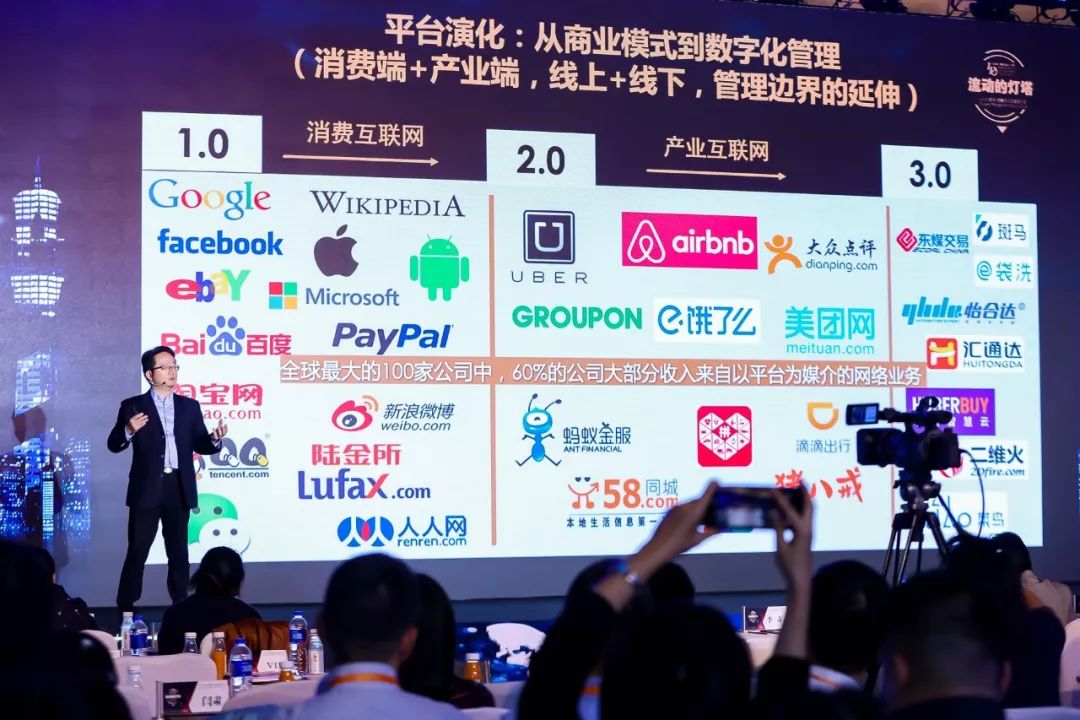
Collaboration through digitalization 1 + 1 > 2
With the accumulation of data and the accuracy of algorithms, we will move towards an intelligent world.
First, online and offline integration, and then come the full link.
What do you need most in the process? What is needed most is collaboration. Where is the core of collaboration? Beginning with empathy, you have to respect different professions.
Online or offline, logistics, retail, or R & D, everyone is engaged in different professions, but they are all right, and they need to be able to collaborate with each other.
You have to collaborate because you want to upgrade collectively.
We need to think about how to do collective upgrading and collaboration? This is not just a technical issue, because it will eventually return to the root: the interests of the entire organization, the interests of the individual, and the personal worldview.
So in this process, I imagine “starting at the end”-in the future of five to ten years, companies are likely to construct a grid-like decision matrix, each grid in this grid represents A customer of the enterprise.
This customer has gone through our channel-there may be hundreds of scenes online and hundreds of scenes offline-future companies will operate hundreds of fragmented scenes, that is how we reach consumers local.
Where do these consumers appear, what have they bought, and whether they have bought them again? How do we feel?
This kind of decision will become very transparent and clear, but this is beyond the human brain’s ability to cope, so machine intelligence will help humans make decisions.
If you continue to think about it, if you are a businessI don’t know where each user went, what they bought, what they thought about, but your peers know very well that these two will be tens of thousands of miles apart, as if we were fighting with each other blindfolded.
In the future intelligent world, if companies can’t upgrade their decisions in a very scientific way, but continue to maintain their decision-making methods, they will eventually become two worlds.
50% and 60% of companies may not be able to keep up with the new intelligent decision-making process.

Leadership in the age of digital intelligence: Upscaling and micronization
How can I get a three-dimensional decision grid? This grid has more than three dimensions, there may be ten dimensions, one hundred dimensions, and N dimensions, which requires big data.
Big data is not something that a company knows about 1% and 2% of its users in the industry. It may have a larger structure and therefore requires collaboration.
Collaboration needs to have the effect of 1 + 1> 2, and it is most likely to cooperate only if we can create an increase after our two cooperations.
So, how do we invest resources where we can create network effects is the key.
When you open a lot of outlets with the same thing, the value it generates is an exponentially rising curve, then you will be able to create more synergy.
I think this is what Chen Chunhua said in the morning. The digital age will be an era of accelerated growth.
Why? Let’s think about it. These traditional resources we invested: land, factory buildings, and manpower cannot be used at the same time. One department takes up the other, and the other department has to wait.
But there are still many resources in the future, such as data. When department A uses it, both department B and department C can use it at the same time, and when it is used, you can put in the new data you get. All departments are welcome. And the entire organization becomes more collaborative.
Everyone uses it together, and everyone improves its value together. This is 1 + 1> 2.
Fifth, diversified working relationships: complex and changeable
What inspired us?
Let ’s think about where do companies invest resources and costs?
Invest in places that can be accumulated, better for future competition, and better coordinated for the entire industry.

I found a few examples. Rococo, founded by Jia Wei who is studying at Lakeside University, is the largest industrial design company in China, with a thousand designers.
But the founder said that he wanted to digitize the entire process of how these designers take orders, generate ideas, and deliver.
Design services are still very expensive. Is it possible to change the design of a product from 150,000 to 3,000? This process requires more designers. How to do it? If more designers in this industry are allowed to use the process we have developed, everyone will be very happy.
Rococo can therefore become a platform from the top card and become a common workbench or system in the industry. This is the direction of his thinking.
In addition, Han Han in Hangzhou is a manufacturer of some international women’s clothing brands such as ZARA, H & M, etc. They researched whether the actions of the tailor can be decomposed by IoT sensors, so that they can understand what materials each master is good at , So that small orders can match the expertise of each master.
They are willing to share with the upstream and downstream, partners, and satellite factories of this industry, and let other 50,000 or 60,000 masters use such a system.
Why aren’t they in a hurry to make money? If you think about it carefully, if more tailors in the industry use its system, more pain points will be found, such as purchasing and inventory, which are all business opportunities.
The more people use your system, the more influence you have.
When he came up with the idea five years ago, many people didn’t understand it. But in the digital age, you will be willing to share your most advanced digital tools with the upstream and downstream of the industry.
Because you helped them, so that they can grow, be digital, and be efficient. In the end, the altruistic result is to achieve a better self and make yourself a platform for the industry.
I think combining such feelings with your business model is the best business, that is, you can create value for this society, and in the end you can get such fruits.
This is a reflection I have gained from studying platform thinking for more than ten years.
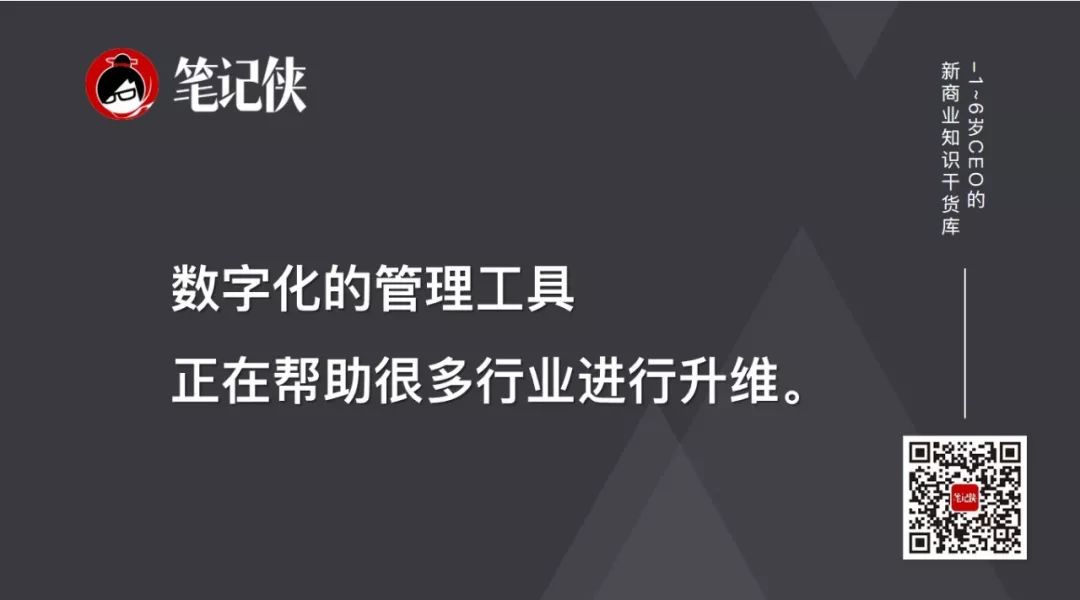
I think digital management tools are helping many industries to upgrade. If your management skills are good and you are willing to help the entire industry solve problems, you can manage the entire industry.
If you manage an industry well, you may manage more industries and form an ecosystem.
I think the future organizational structure is a complex and diverse image. In this image, if the company has borders, it will be a dotted circle, organized, and consumers in the ecosystem.
But are consumers pure consumers? Can consumers be the biggest innovators in our company?
For example, Tesla’s consumers discovered Tesla’s shortcomings. Instead of criticizing Tesla, he helped Tesla become more complete.
Consumers may become your fans, your co-creation partners, and your biggest shareholders.
Staff or staff? Is it possible that employees are not only your subordinates, but also your internal partners and external partners.
Particular society: Digital tools bring transparency to production behavior
Some large companies, they are already 10,000 companies, plus many professionals around them, freelancers, entrepreneurs, there may be 100,000 people around to help at any time, plus how many users Millions of people, tens of millions of people may become fans and contributors, and the entire ecosystem may become a company’s co-creation partner.
Our company manages more than 10,000 people, and may need a mechanism to manage tens of millions of people.
What do you rely on to manage this future? I think that digital management tools will be particularly important, including Dingding or WeChat, Kingdee Software, etc. There are many and many management tools that actually help us to make the entire management process more transparent, and make everyone’s interests and expertise special. See more clearly.
If you can use it, you can bring greater value.
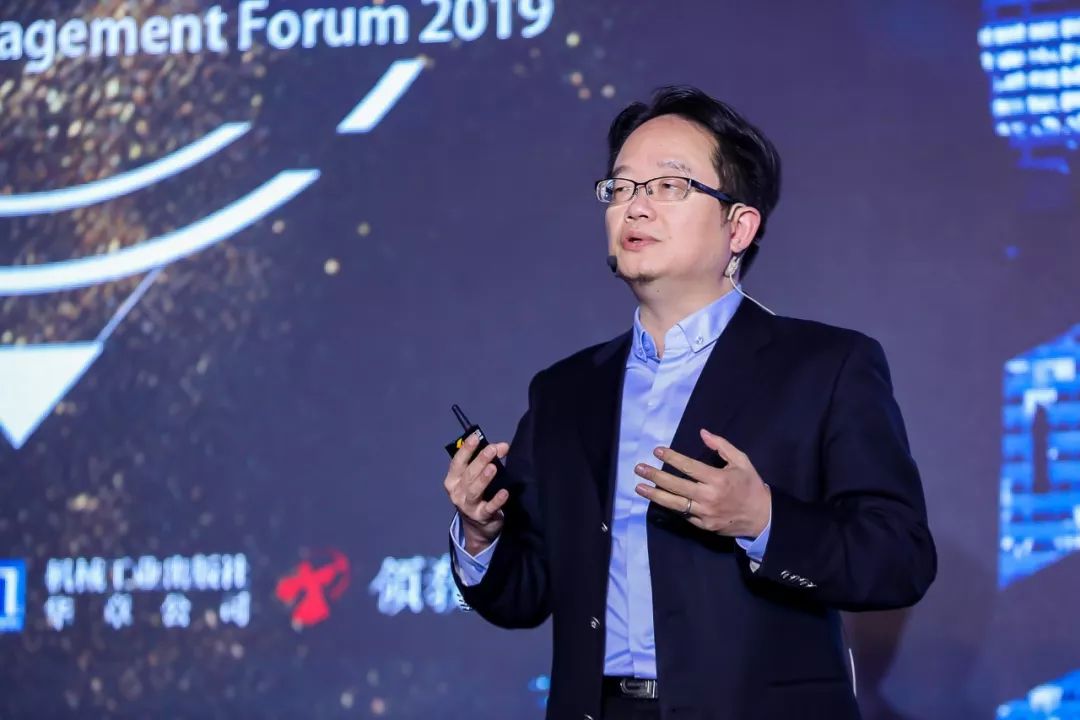
VII. User journey and product journey Visualization, quantification, and optimization
We are now able to understand the data of a customer ’s behavior, from just understanding the transaction to understanding the entire closed loop.
From whether you are interested, to who the user is looking for to interact with, to the final transaction, whether there is any transaction after the transaction?You can understand whether you like it, repurchase it, or co-create it.
I also suggest that many B2B companies can go digital from the industrial chain and production side.
You can analyze how a product was created, who passed it, whose creativity, what mechanism it was created in, and whether it was an explosive or not.
Into the production link, it turned out to be 32 processes. After digital and transparent sharing and optimization, it may become 25 processes, which reduces the cost by 25% and speeds up by 25%. You can also make the production part transparent and visualizable, which can be optimized.
Platform management: Management innovation of new-type organizations
I think the future world will even require us to innovate in management methods. That is to say, the relationship has become more complicated, and many have exceeded the scope of management. Therefore, we must digitize our capabilities.
This digitalization needs some tools and technologies to help us. It is not only an enterprise, but also an industry and an ecosystem. What we need is a global perspective.
How does this process organize everyone? The structure may appear from the traditional, authoritative, triangular hierarchical organization, to more network-shaped organizations, front, middle and back-office organizations, and so on.
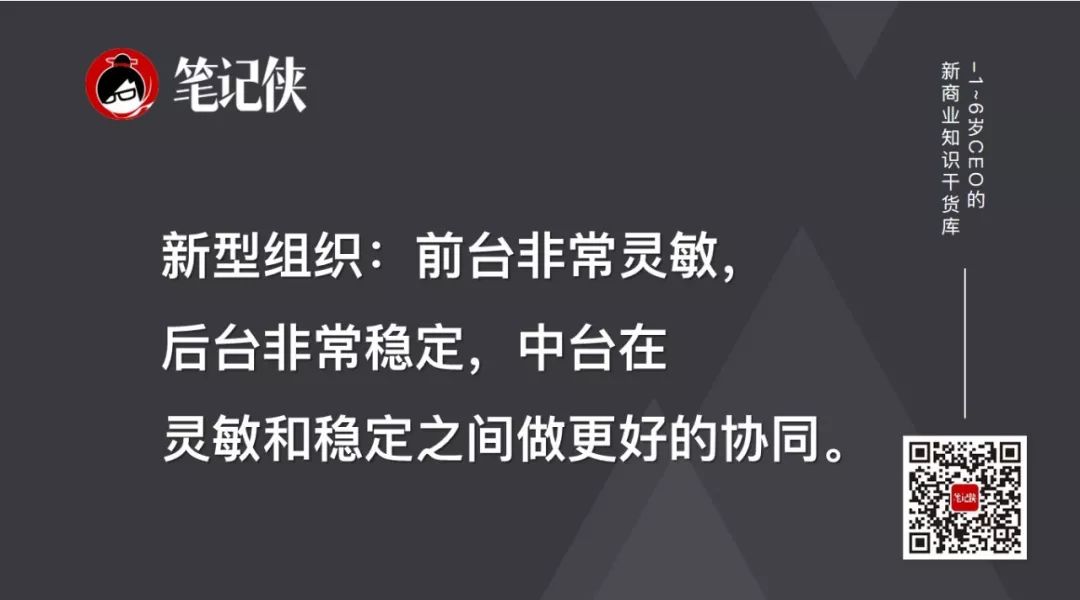
These methods can be very sensitive at the front desk, very stable at the back desk, and the middle and front desks can do better coordination between sensitivity and stability.
We want people designing the future world to be more than just people who know technology, because that’s very cold. We want the organization to be technological, warm, human, and emotional.
The evaluation of performance is very transparent. If you really understand everyone’s contribution, the contribution will be recorded. You really pay him according to his contribution.
Nine, the collaborative upgrade of technology and humanity
What we need in this process is cultural altruism. Because digitalization in the future can make people’s behaviors clear. At this time, are we living better or worse?
We talk about the development of science and technology, it may be used to save the world, or it may be used to destroy the world.
So in this process, we need humanity to be better promoted, not inhibited.
I sincerely recommend managers to have a strong compassion and empathy, to feel the hardship of everyone in this industry to upgrade and hope to survive.It is the same as suffering, being able to feel the pain of others, and being able to better yourself by helping others.
Therefore, my understanding is that the platform is not what you want to do. The platform is all ecosystems and participants who support you, and you can do it. In this process, how to create more altruism and empowerment? This is where we need to think.
Summary: Platform thinking moves towards the age of digital intelligence
To sum up, based on more than a decade of research and understanding of platformization, the platform has indeed begun to affect all walks of life, but the platform is definitely not just a business model. It hopes to create an open, transparent, and collaborative Industry’s win-win ecosystem.
At the same time, it can also become management thinking, helping our organization to develop and achieve more people.
And here, what we need most is faith and values. Do we believe that win-win, altruism and love are the keys to future corporate and personal upgrades!